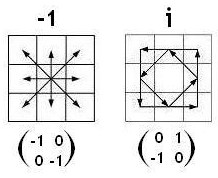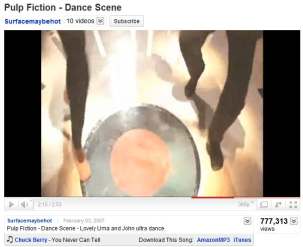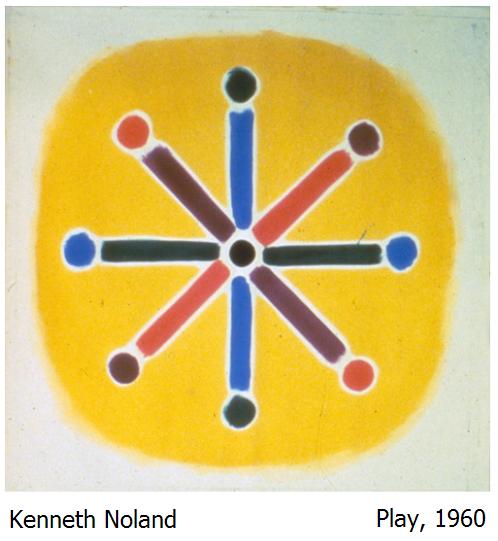Sunday, September 24, 2017
Sunday School
Wednesday, November 19, 2014
The Eye/Mind Conflict
Harold Rosenberg, "Art and Words,"
The New Yorker , March 29, 1969. From page 110:
"An advanced painting of this century inevitably gives rise
in the spectator to a conflict between his eye and his mind;
as Thomas Hess has pointed out, the fable of the emperor's
new clothes is echoed at the birth of every modemist art
movement. If work in a new mode is to be accepted, the
eye/mind conflict must be resolved in favor of the mind;
that is, of the language absorbed into the work. Of itself,
the eye is incapable of breaking into the intellectual system
that today distinguishes between objects that are art and
those that are not. Given its primitive function of
discriminating among things in shopping centers and on
highways, the eye will recognize a Noland as a fabric
design, a Judd as a stack of metal bins— until the eye's
outrageous philistinism has been subdued by the drone of
formulas concerning breakthroughs in color, space, and
even optical perception (this, too, unseen by the eye, of
course). It is scarcely an exaggeration to say that paintings
are today apprehended with the ears. Miss Barbara Rose,
once a promoter of striped canvases and aluminum boxes,
confesses that words are essential to the art she favored
when she writes, 'Although the logic of minimal art gained
critical respect, if not admiration, its reductiveness allowed
for a relatively limited art experience.' Recent art criticism
has reversed earlier procedures: instead of deriving principles
from what it sees, it teaches the eye to 'see' principles; the
writings of one of America's influential critics often pivot on
the drama of how he failed to respond to a painting or
sculpture the first few times he saw it but, returning to the
work, penetrated the concept that made it significant and
was then able to appreciate it. To qualify as a member of the
art public, an individual must be tuned to the appropriate
verbal reverberations of objects in art galleries, and his
receptive mechanism must be constantly adjusted to oscillate
to new vocabularies."
New vocabulary illustrated:
Graphic Design and a Symplectic Polarity —

Background: The diamond theorem
and a zero system .
Tuesday, October 21, 2014
Eerie Twist
(Continued from Nov. 15, 2011)
Ben Bradlee, legendary Washington Post editor, dies at 93
See also a post of Jan. 20, 2011, and an earlier post on Twelfth Night, 2010.

A star figure and the Galois quaternion.
The square root of the former is the latter.
Monday, June 3, 2013
New Yorker Art
New Yorker editor David Remnick at Princeton today
(from a copy of his prepared remarks):
"Finally, speaking of fabric design…."
I prefer Tom and Harold:
Tom Wolfe in The Painted Word —
"I am willing (now that so much has been revealed!)
to predict that in the year 2000, when the Metropolitan
or the Museum of Modern Art puts on the great
retrospective exhibition of American Art 1945-75,
the three artists who will be featured, the three seminal
figures of the era, will be not Pollock, de Kooning, and
Johns-but Greenberg, Rosenberg, and Steinberg.
Up on the walls will be huge copy blocks, eight and a half
by eleven feet each, presenting the protean passages of
the period … a little 'fuliginous flatness' here … a little
'action painting' there … and some of that 'all great art
is about art' just beyond. Beside them will be small
reproductions of the work of leading illustrators of
the Word from that period…."
Harold Rosenberg in The New Yorker —
Tom's book seems to be repeating, in 1975, what Harold said better in 1969.
"Finally, speaking of fabric design…."
Note "fabric design" in Rosenberg's words on philistine views of the art of Noland.
Wednesday, February 2, 2011
Origin
"the predicate* of bright origin"
— A phrase of Wallace Stevens quoted here yesterday
One origin, noted here on January 25—

This commemorated the death of noted discographer Brian Rust.
Rust appears in today's New York Times obituary index—

Also in today's obituaries: artist Alan Uglow, who reportedly died on January 20.
A link ("Noland") from this journal on that date leads to… a geometric origin.
|
“At the still point, |
|
What Stevens's "predicate" is, I do not know.
Eliot's predicate would seem to be "still."
Related material— The dance from "Pulp Fiction"** illustrated here
on the Feast of St. Michael and All Angels last year.

* Some background for the Hall of Philosophy (yesterday's post)—
"Unity of the Proposition" at Wikipedia and at Oxford University Press.
** A flickr.com page gives examples. (The link is thanks to The Ghost Light).
Thursday, January 20, 2011
Brightness at Noon, continued
"One wild rhapsody a fake for another."
– Wallace Stevens, "Arrival at the Waldorf," in Parts of a World (1942)
"Camelot is an illusion.
That doesn't matter, according to Catherine.
Camelot is an artificial construction, a public perception.
The things that matter are closer, deeper, self-generated, unkillable.
You've got to grow up to discover what those things are."
— Dan Zak, Washington Post movie review on Feb. 27, 2009. See also this journal on that date.
See as well a note on symmetry from Christmas Eve, 1981, and Verbum in this journal.
Some philosophical background— Derrida in the Garden.
Some historical background— A Very Private Woman and Noland.
Sunday, June 27, 2010
Star Wars

The above asterisk, from the Tahoma font, suggests
a figure from "Diablo Ballet" (Jan. 21, 2003)—
|
“At the still point, |
|
Another asterisk figure,
from Twelfth Night 2010—
Todo lo sé por el lucero puro
que brilla en la diadema de la Muerte.
Wednesday, January 6, 2010
ART WARS continued…
The Difference
There is a small but important difference
between "No One" and "No. One."
Images from a website in this journal
on June 10, 2009:

That website's author died this afternoon.
For related symbols, see the five Log24 entries
ending on June 10, 2009.
Note the resemblance of the following work
pictured here on that date
to the 1958 painting "No. One,"
by the late Kenneth Noland–
Tuesday, January 5, 2010
For Twelfth Night
… Todo lo sé por el lucero puro
que brilla en la diadema de la Muerte.
See also diadema and an obituary
for Noland, who died today.






